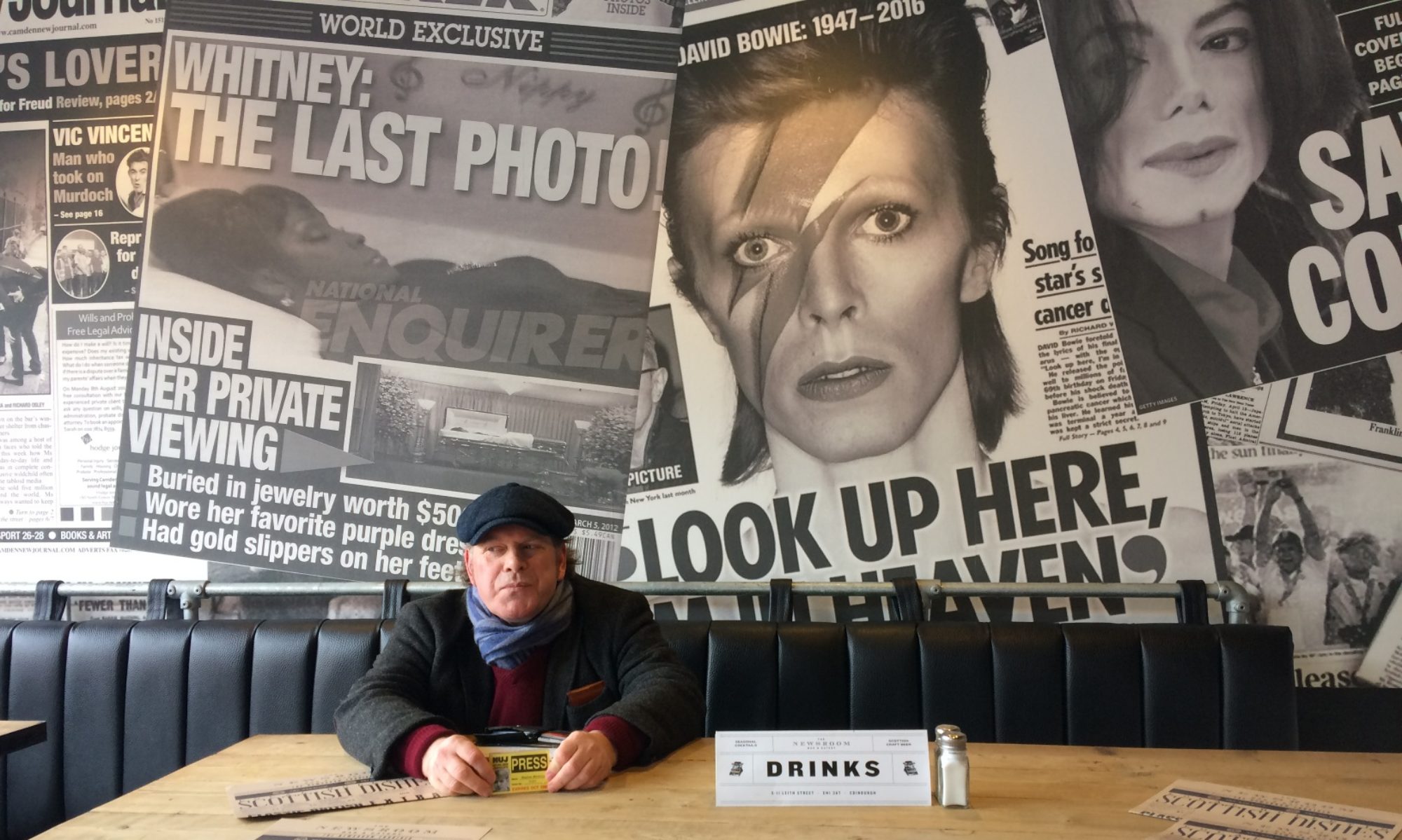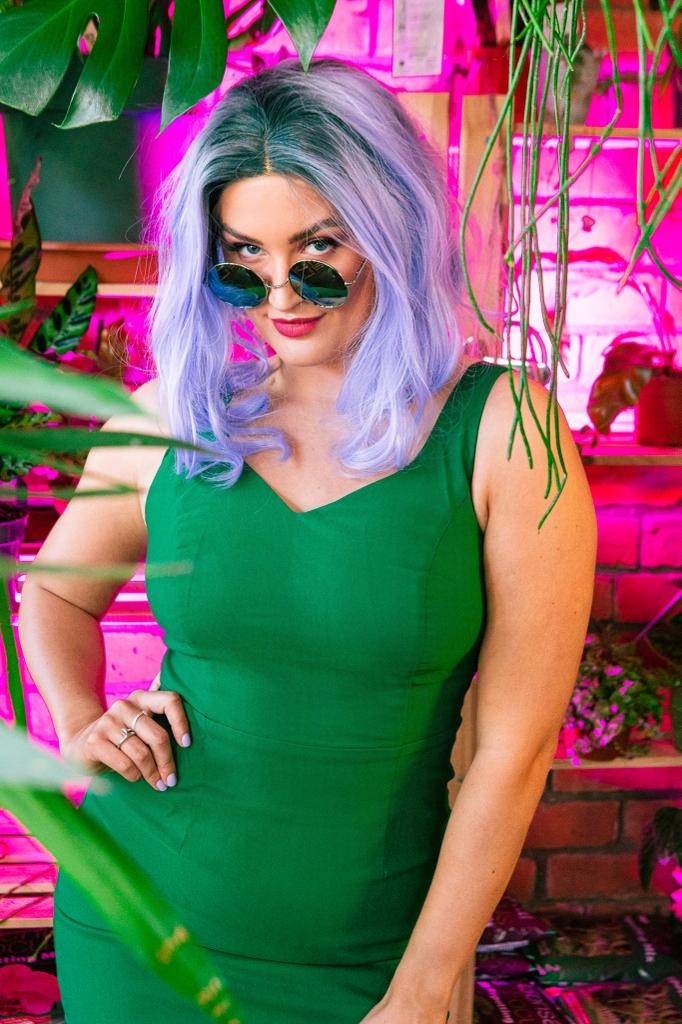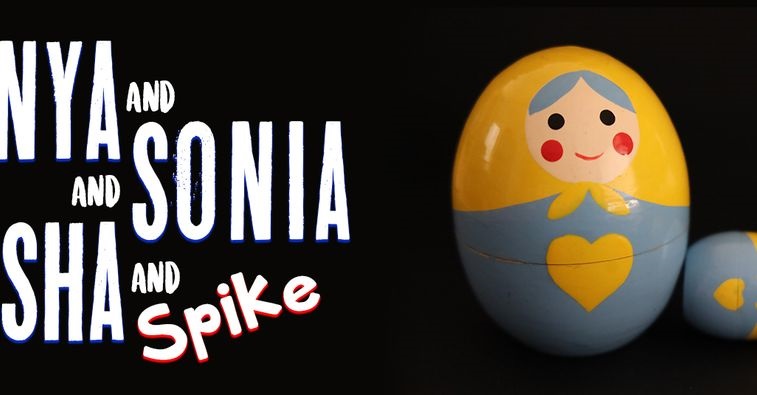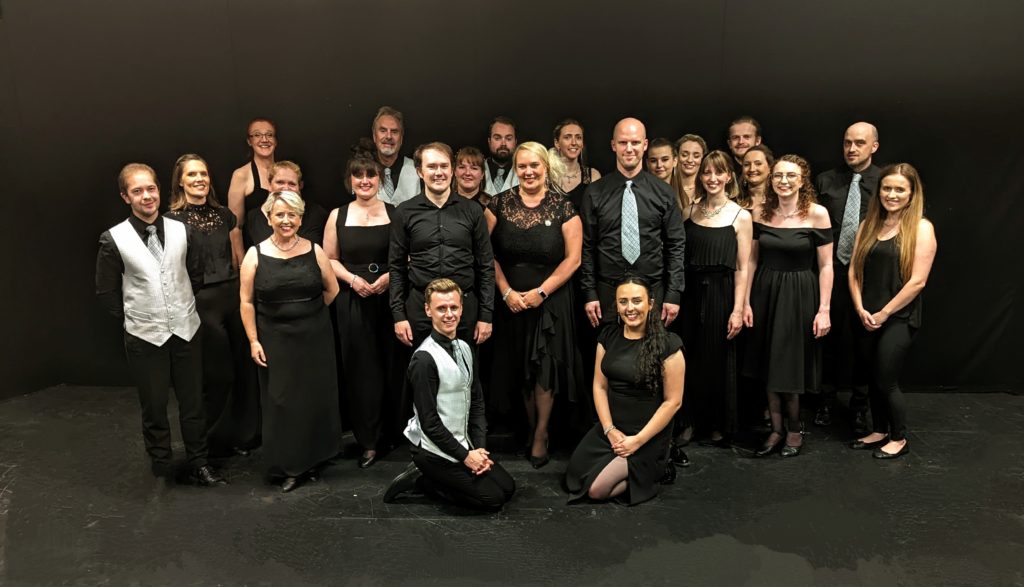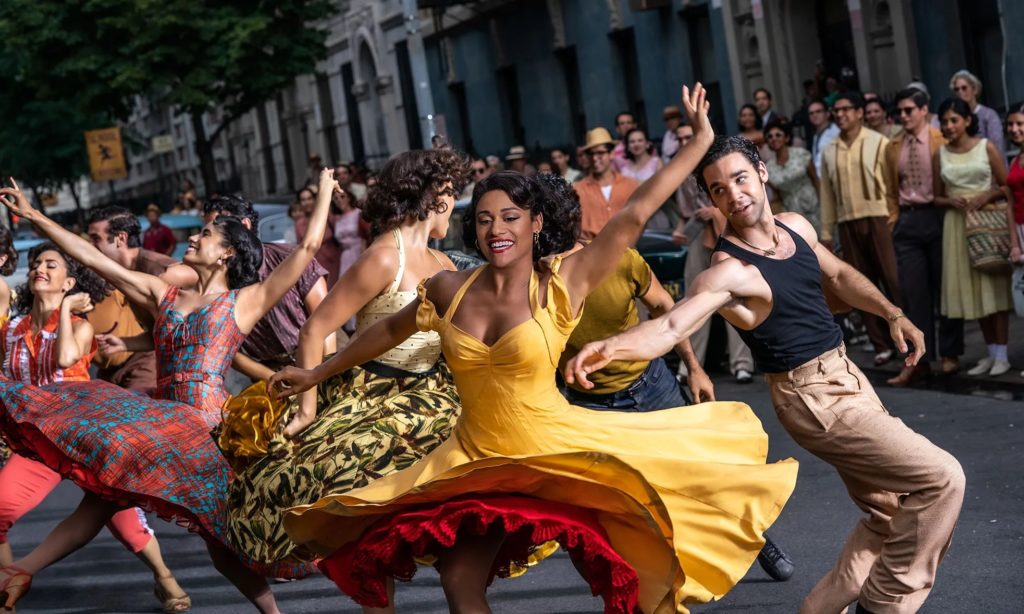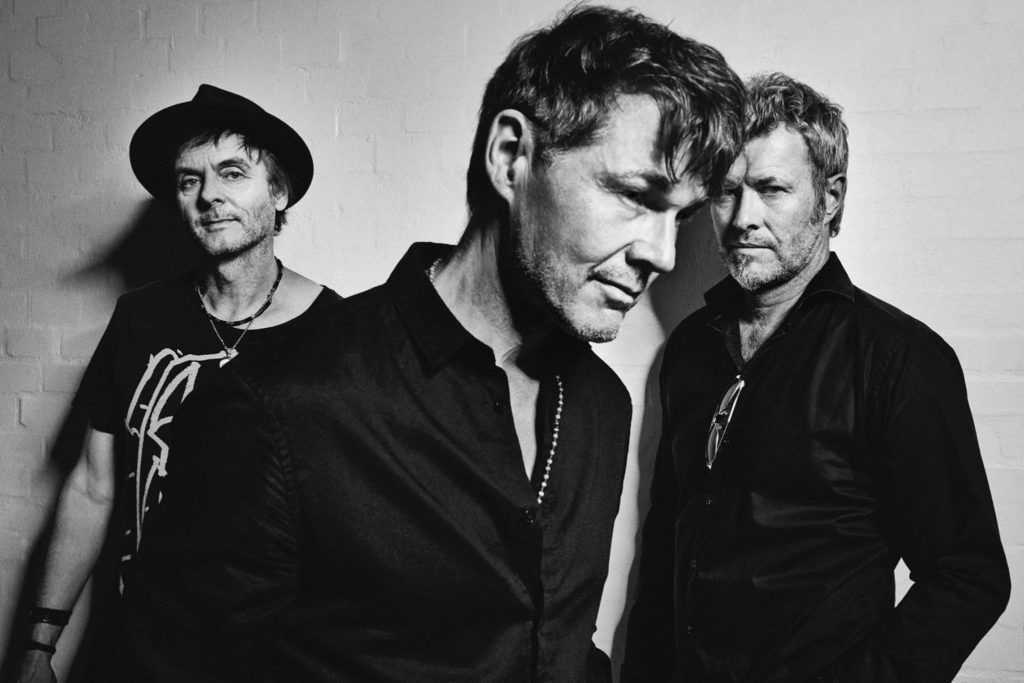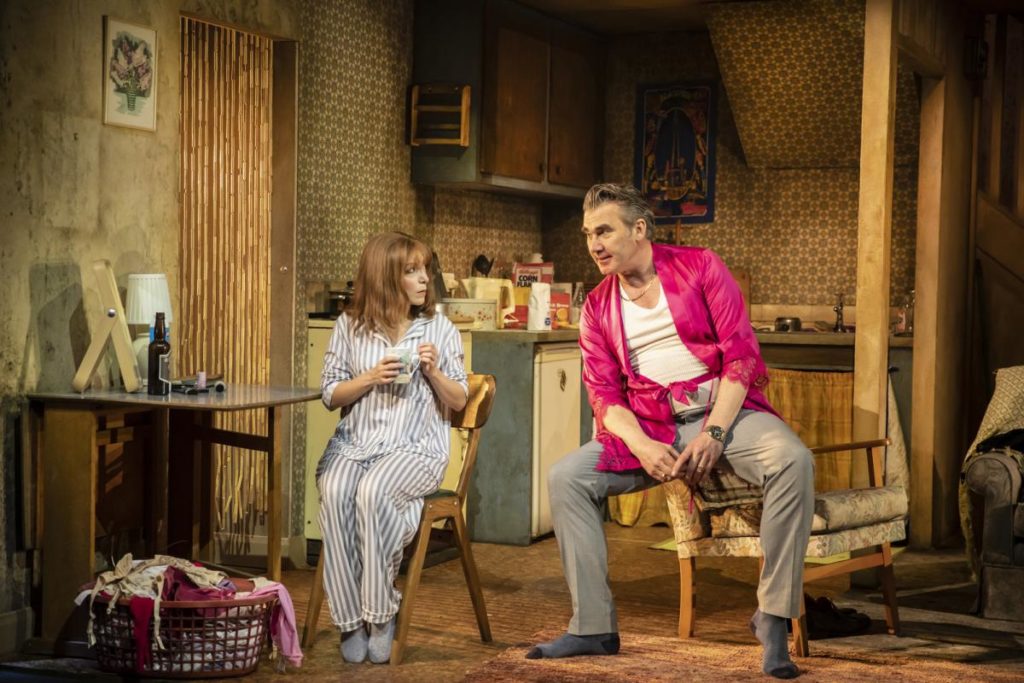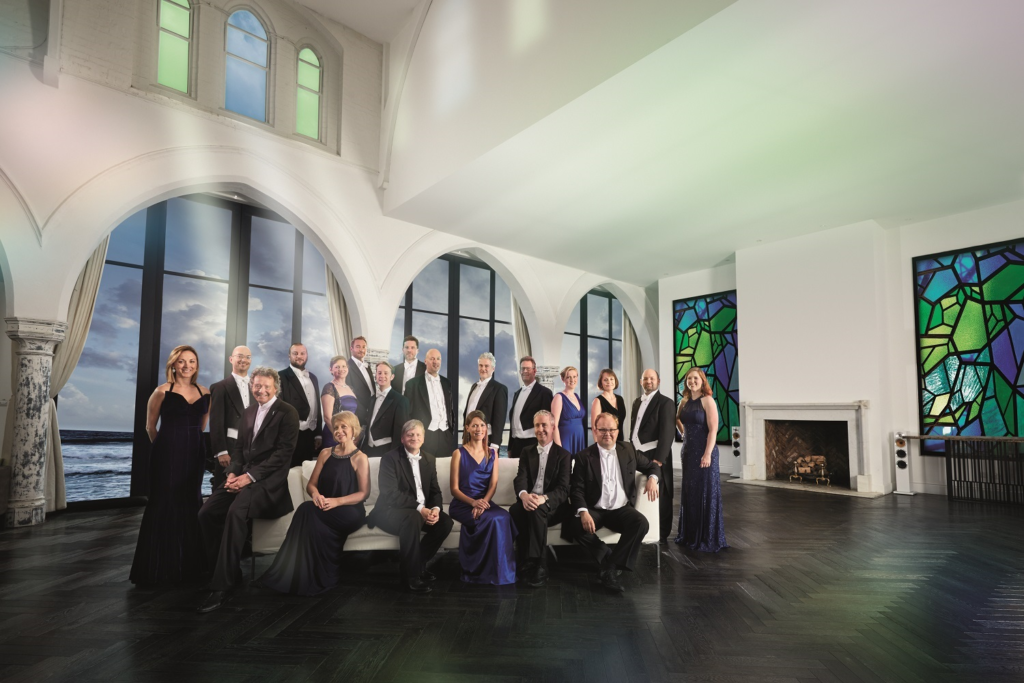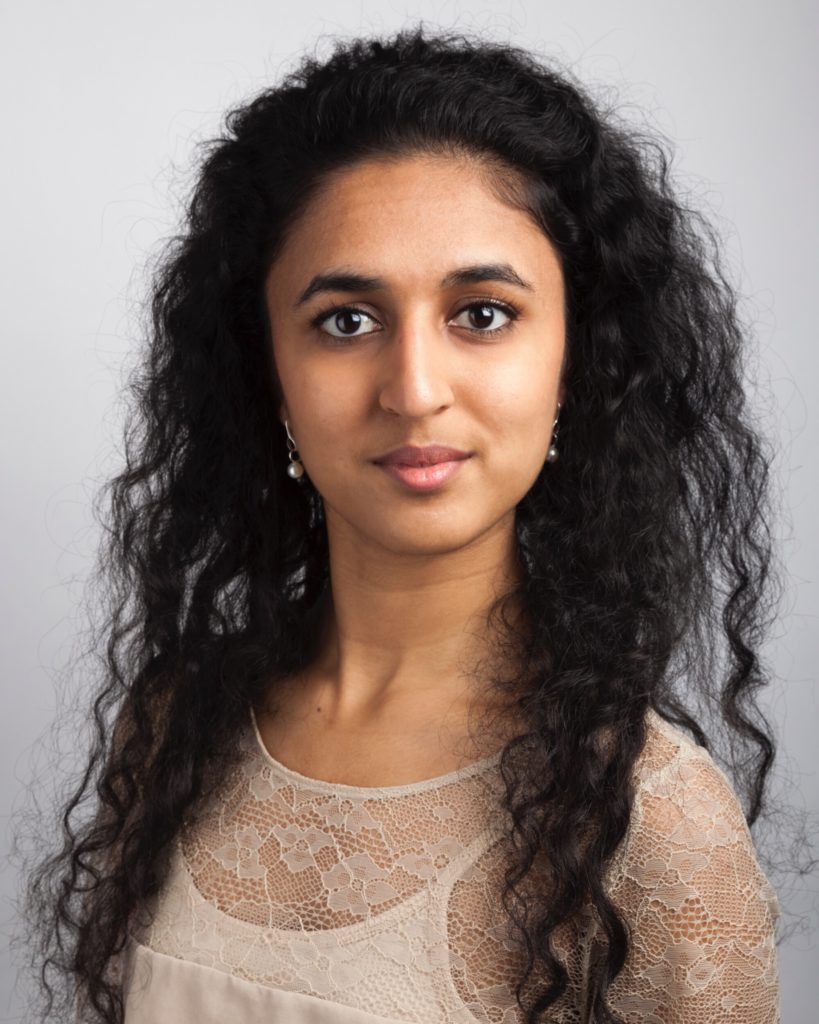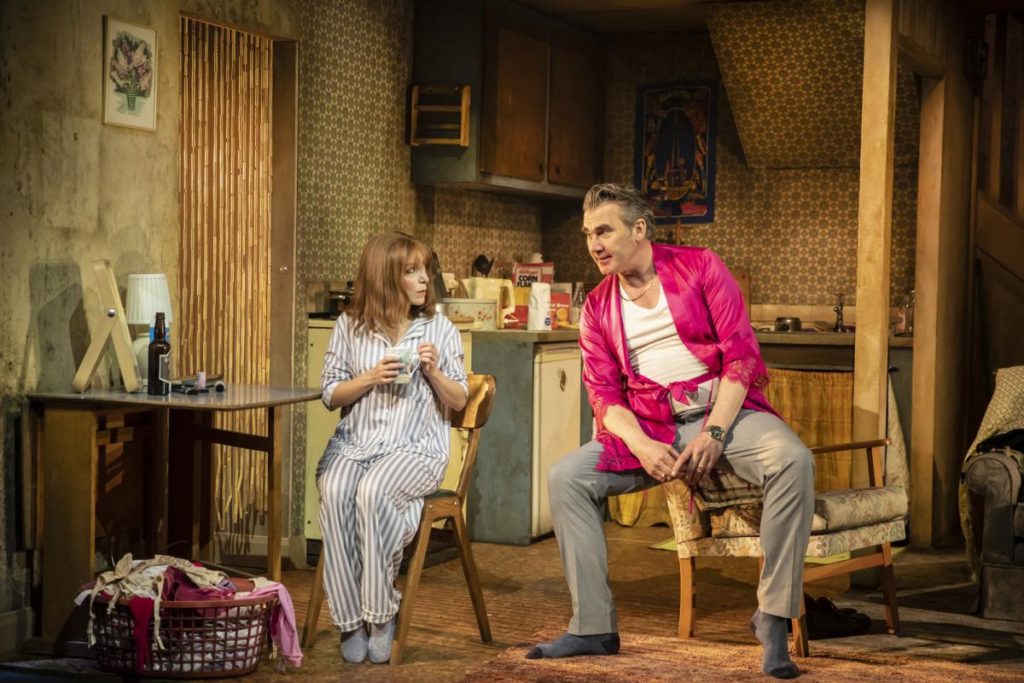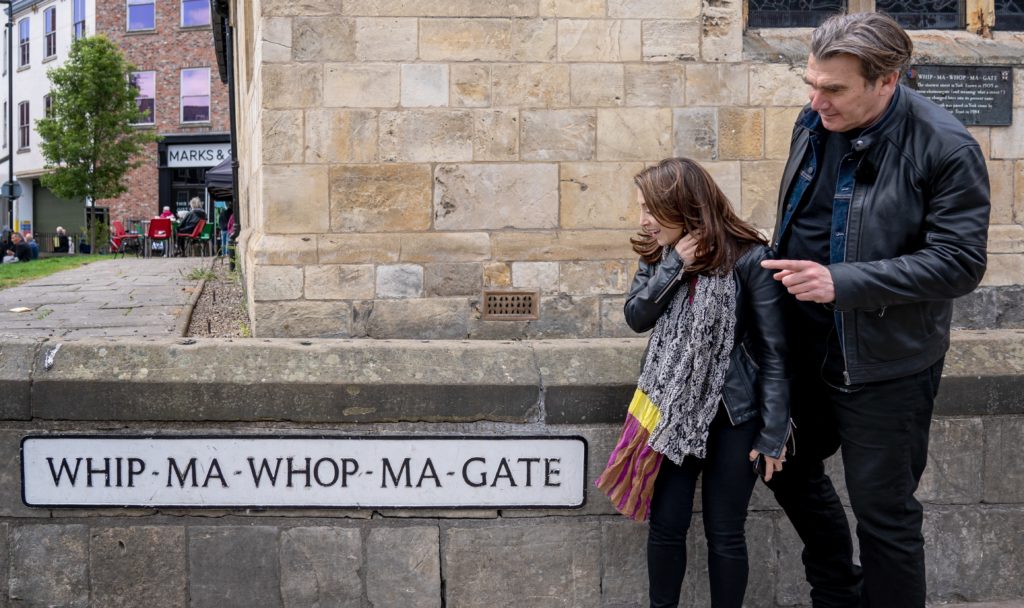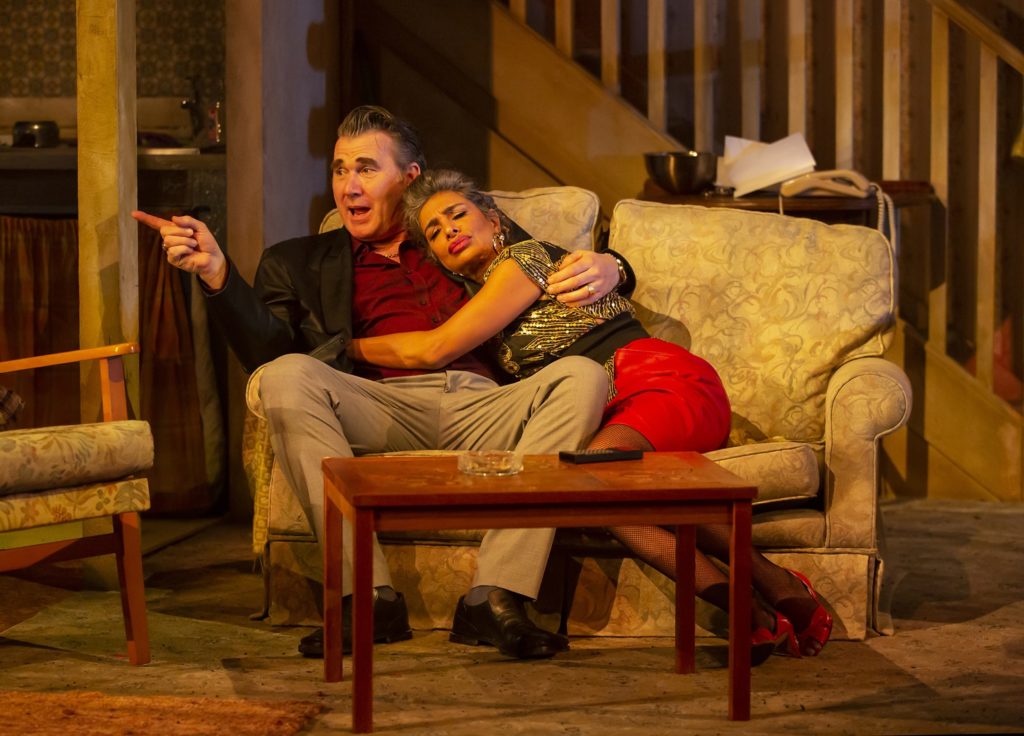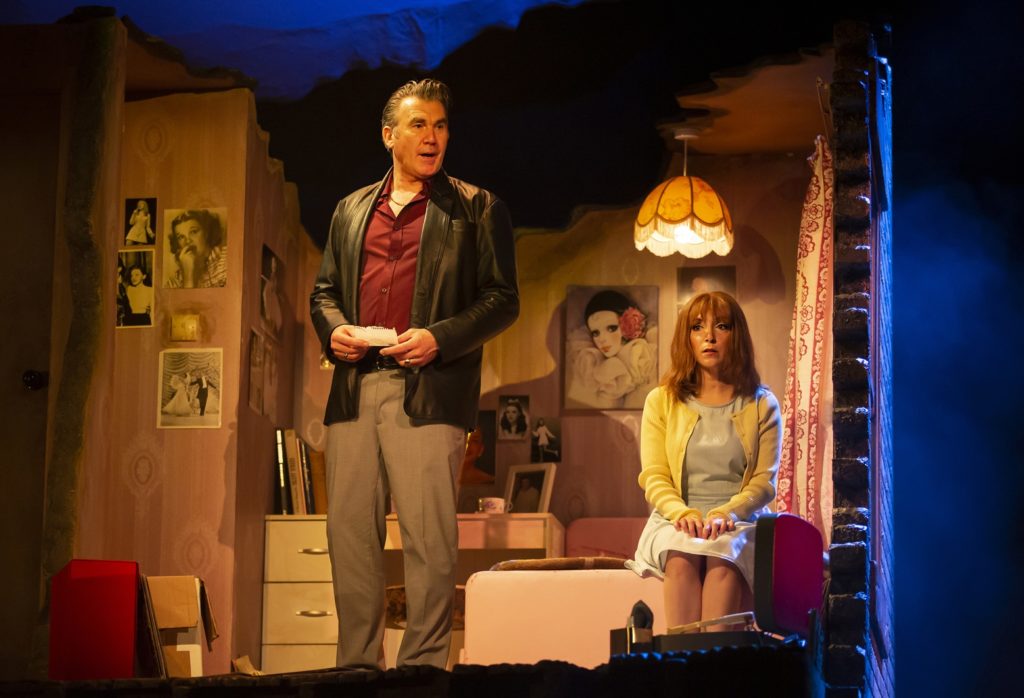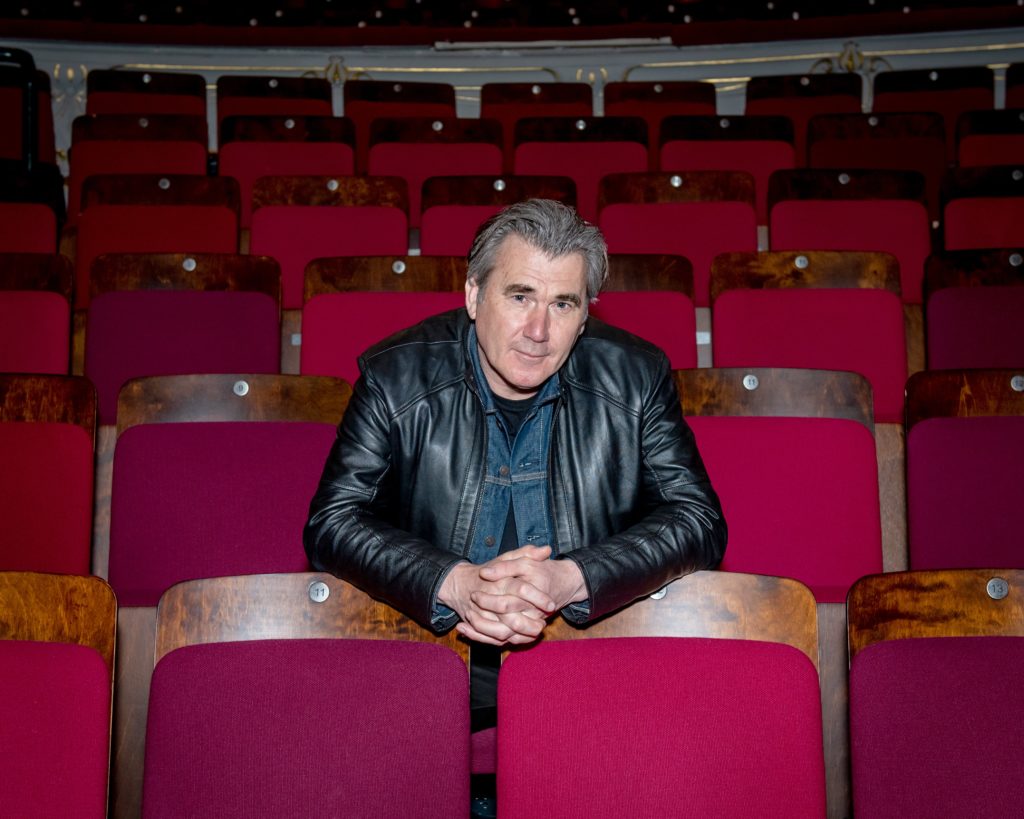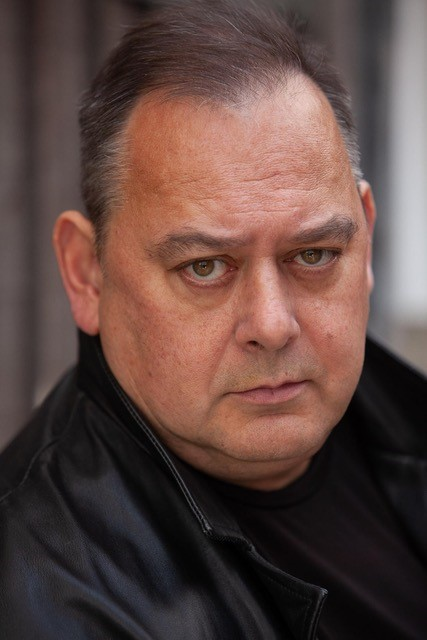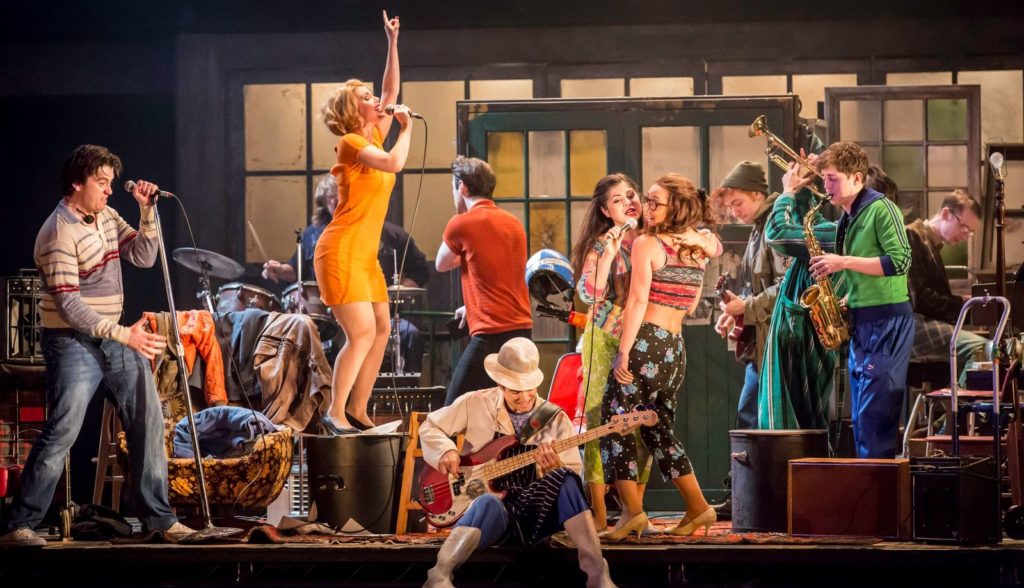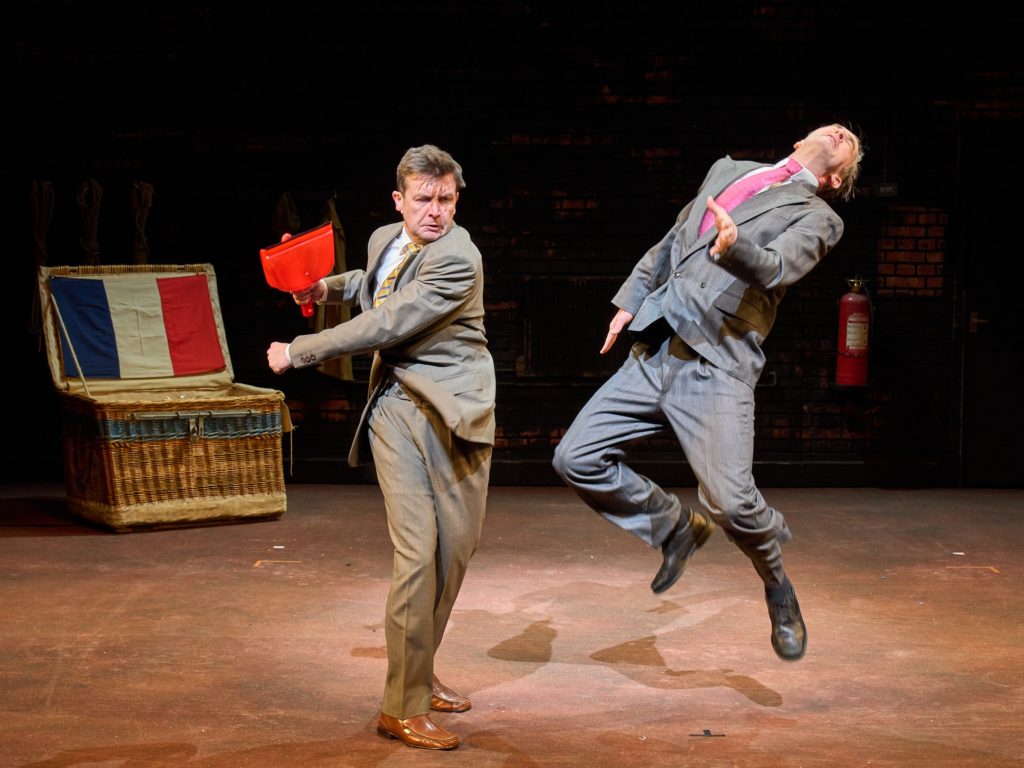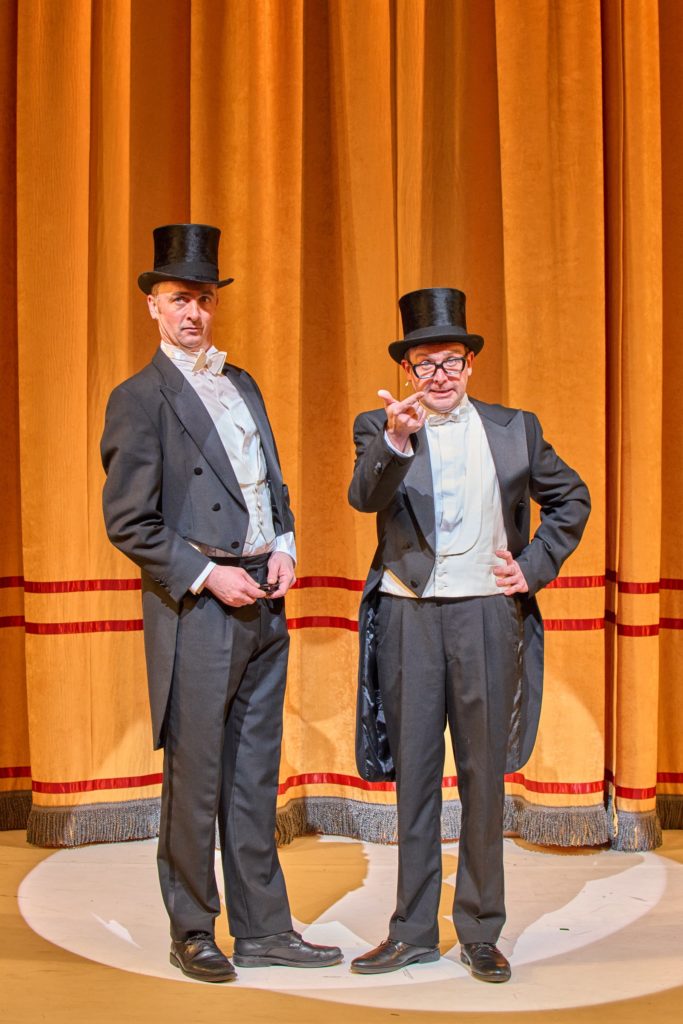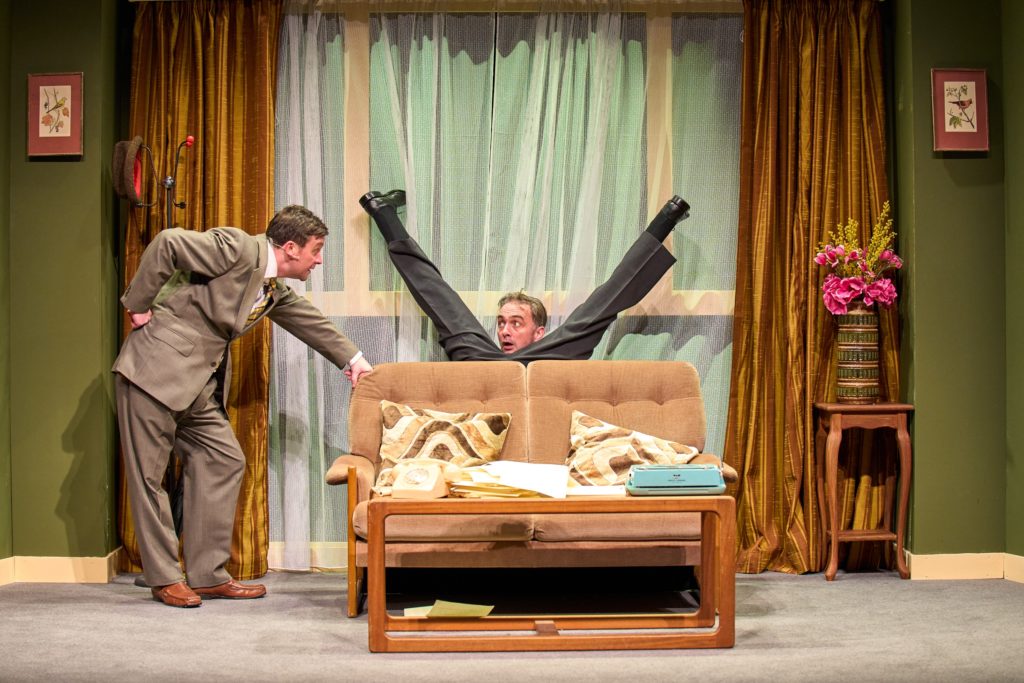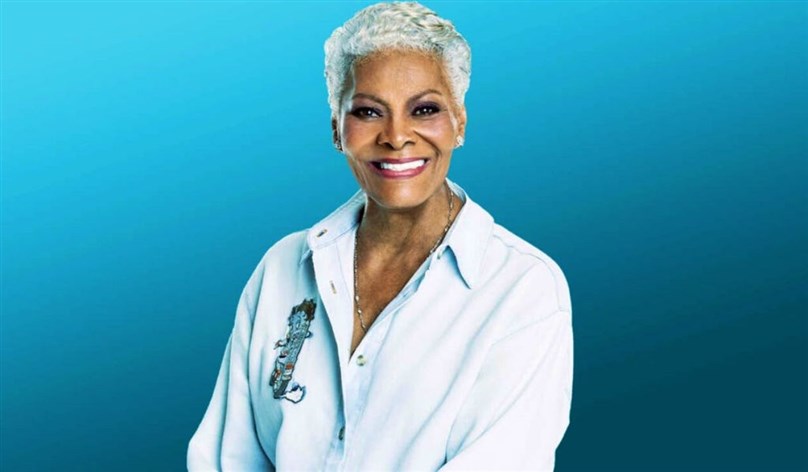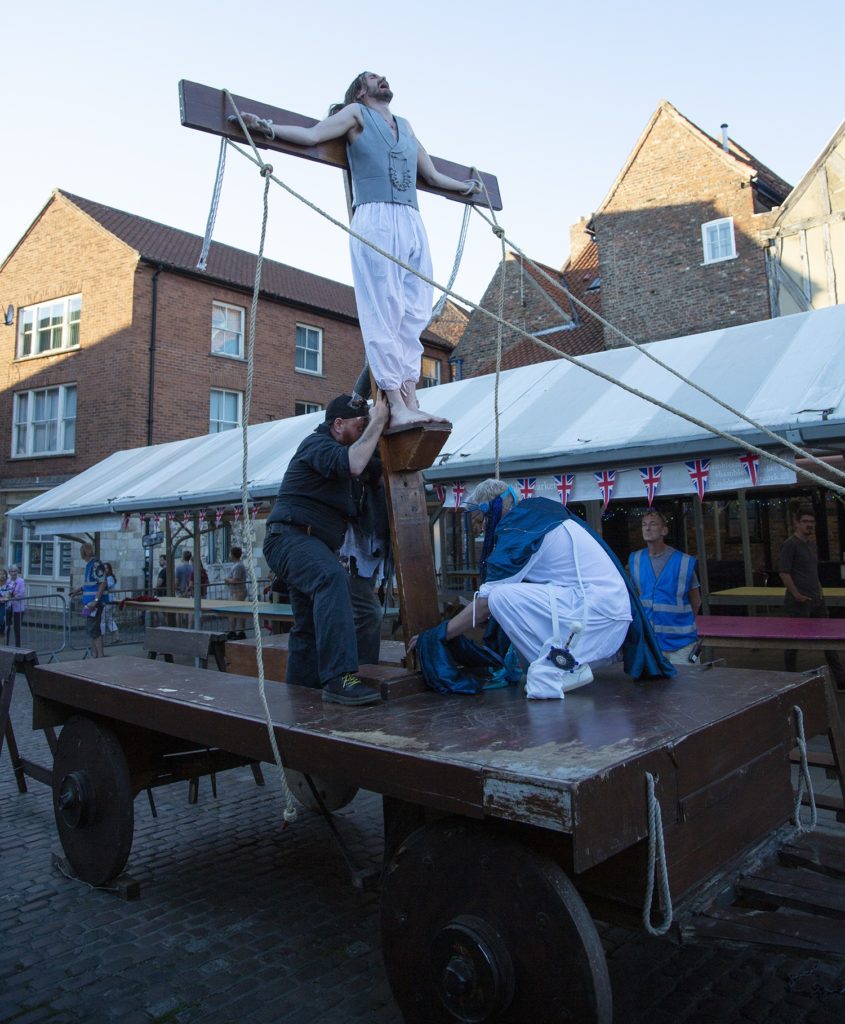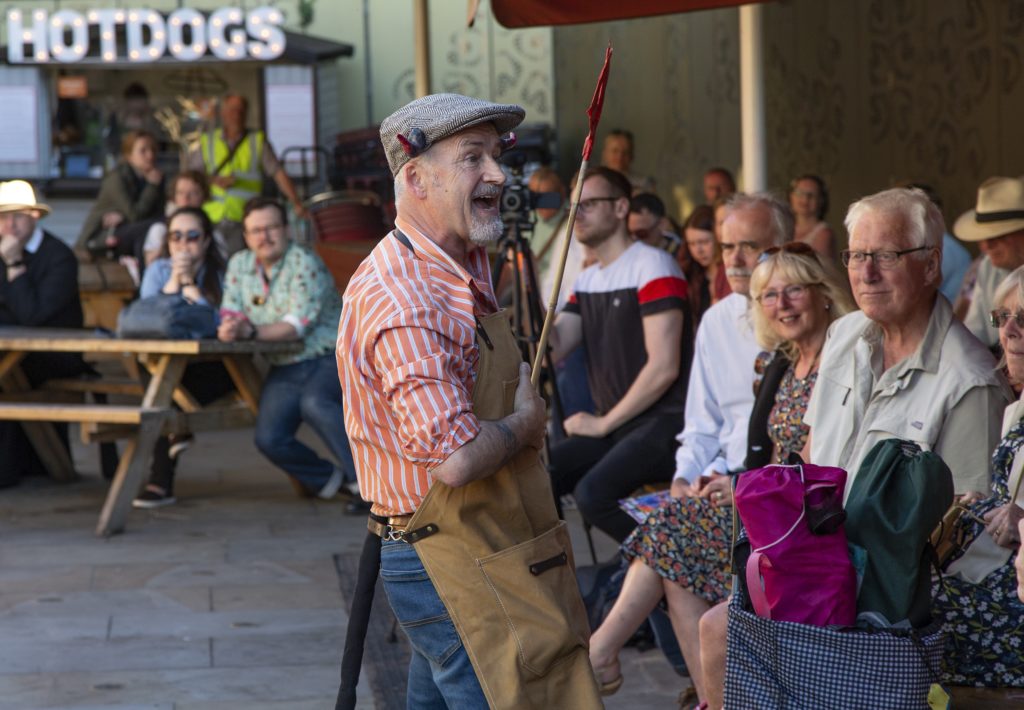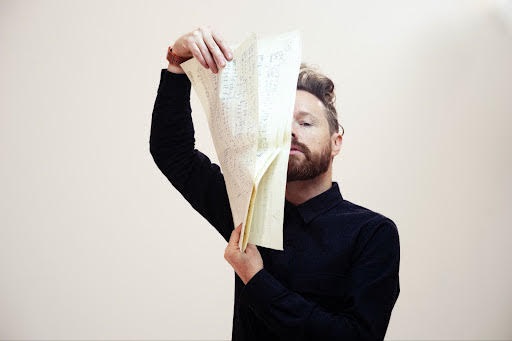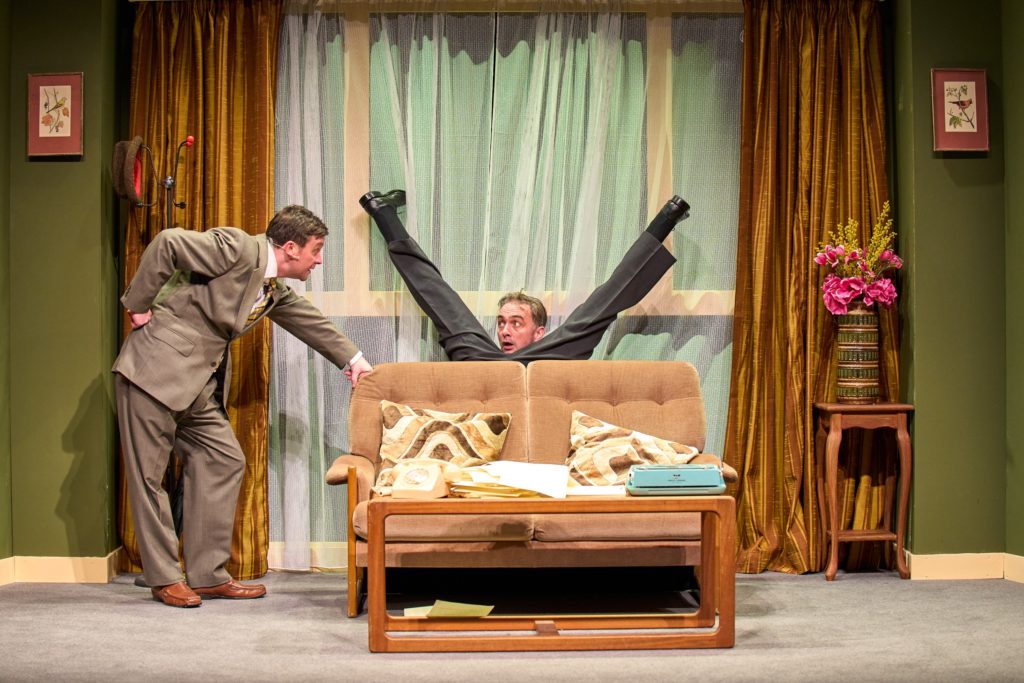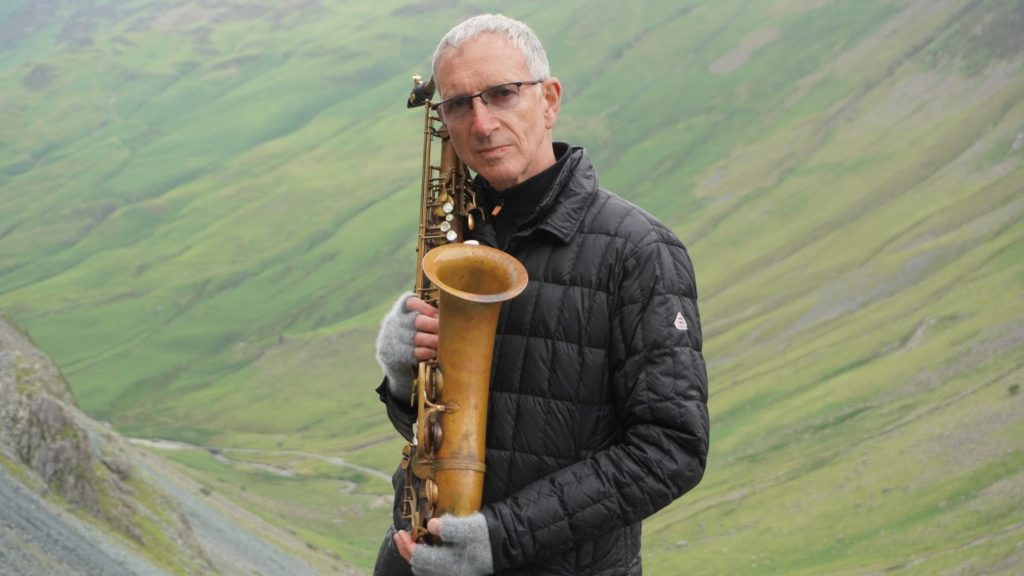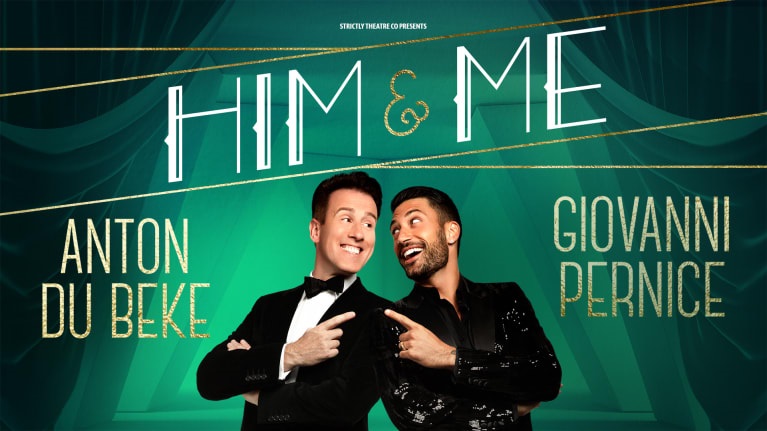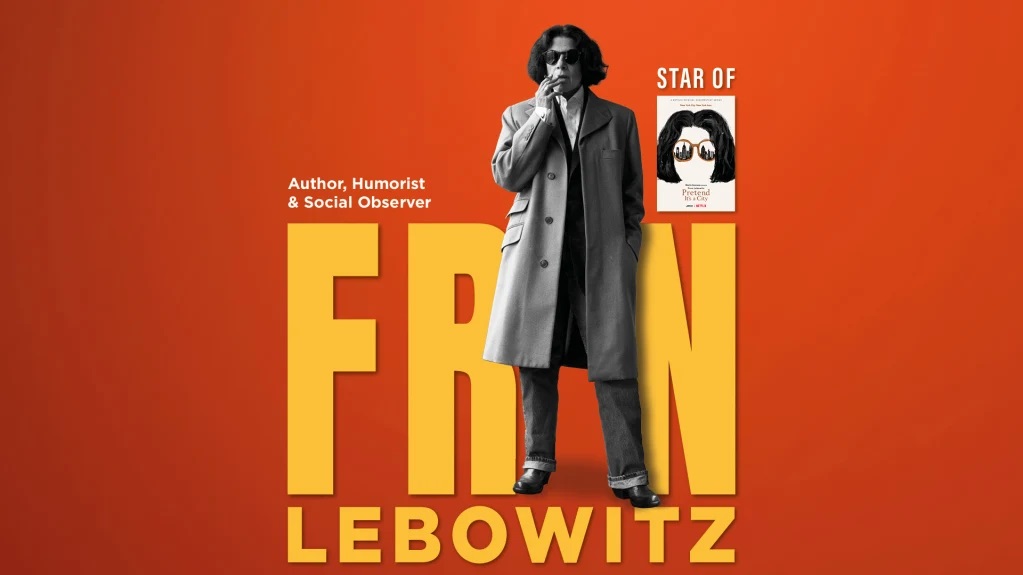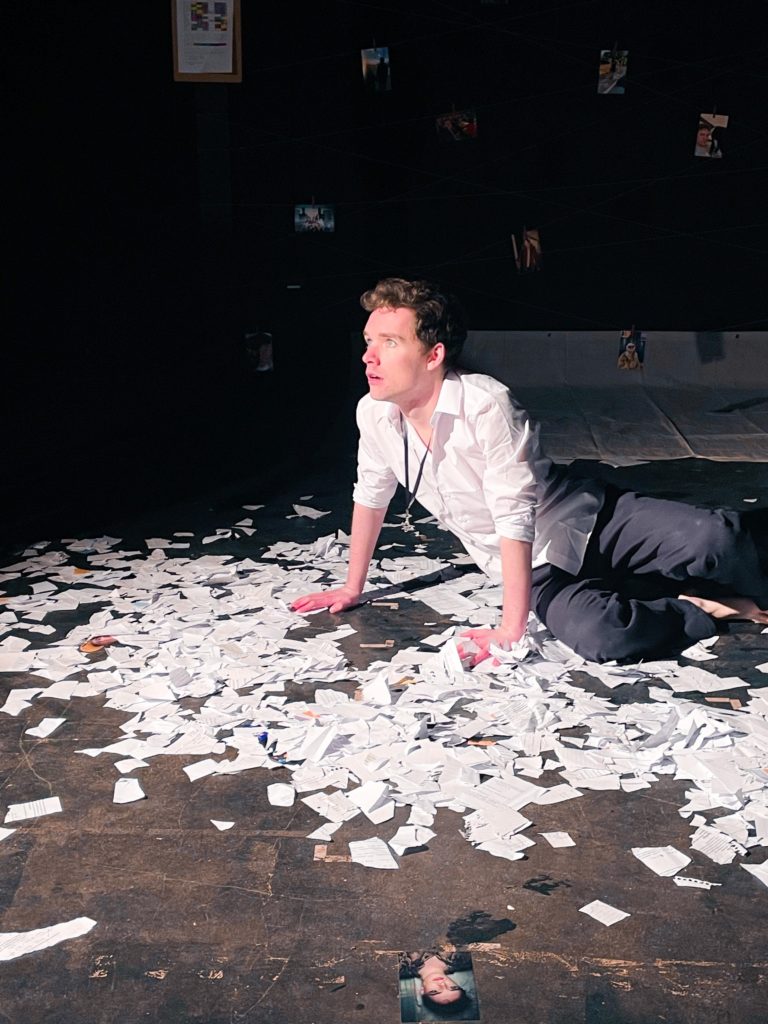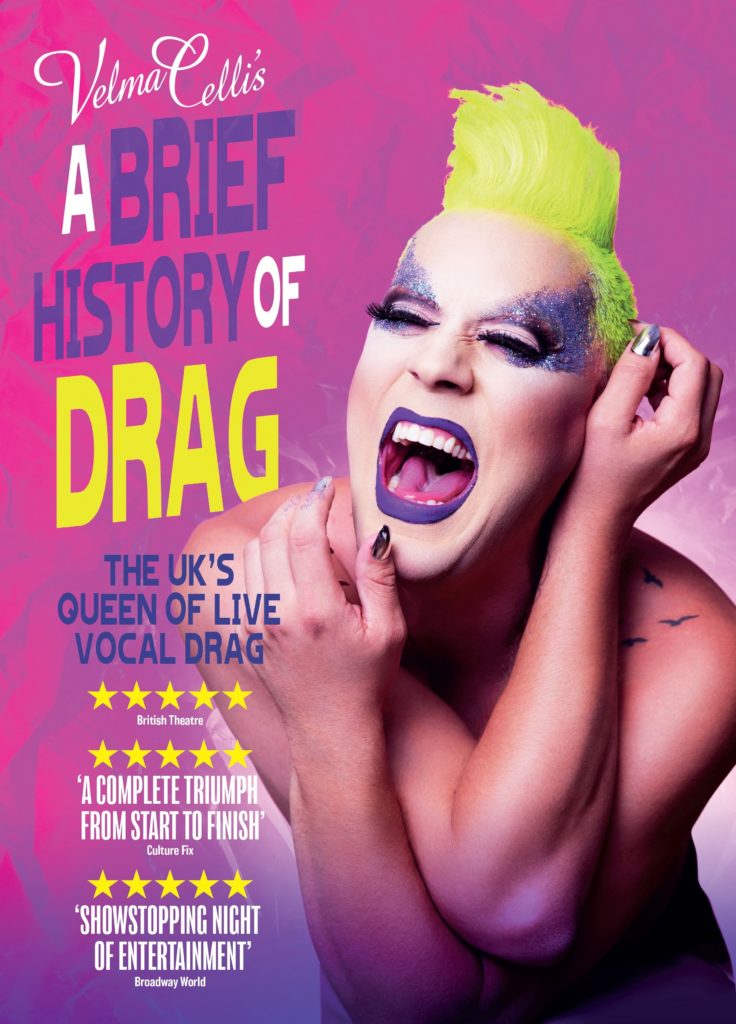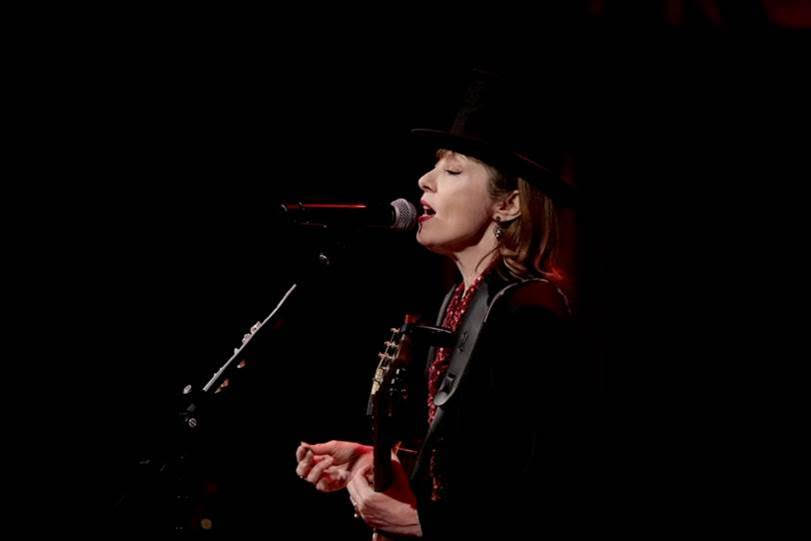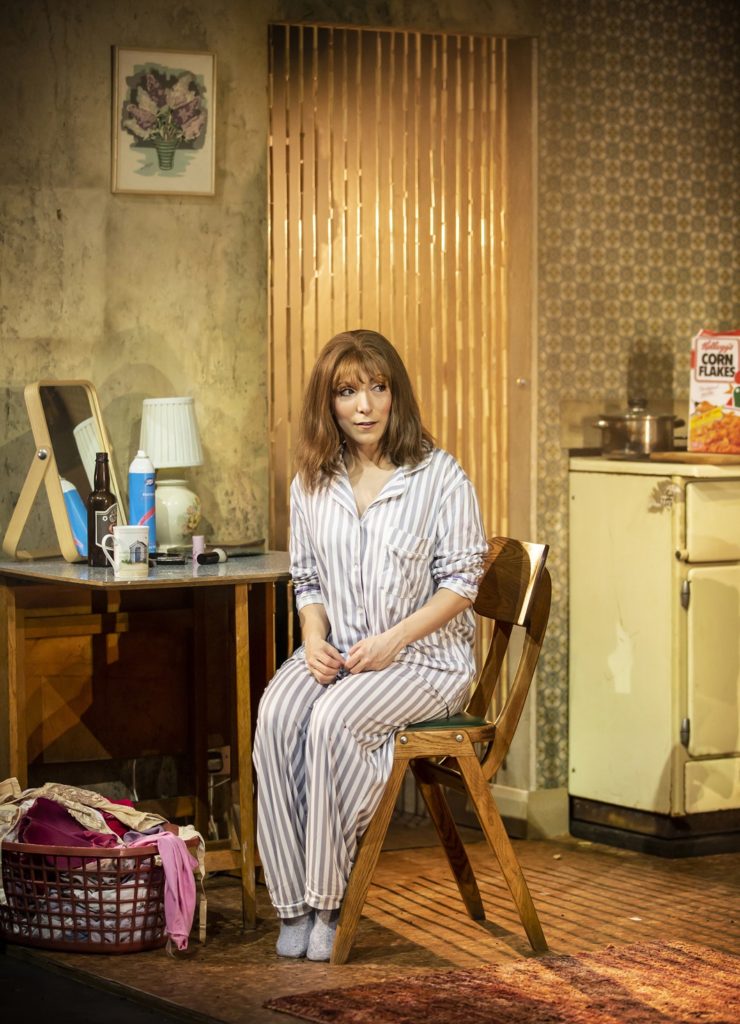
YORK has been on New Yorker Christina Bianco’s bucket list of British cities to visit for “the longest time”.
Glory be for the American actress, supreme impressionist and YouTube sensation, she will be at York Theatre Royal all this week, playing reclusive songbird LV in Jim Cartwright’s deeply dark comedy-drama The Rise And Fall Of Little Voice.
“I’m going to be all over that city, taking a million photos,” she vows. “Apologies to the locals of York for my camera being out and my blocking traffic in the streets! It’s one of those places, which, coming from America, you don’t believe is real. It looks like something out of Harry Potter! So yes, to finally be in York is truly amazing.”
Ahead of this week’s run, Christina already had a sneak preview of York in the company of co-star Ian Kelsey, who took her on a guided tour of his home city last month, taking in York Minster, the Whip-Ma-Whop-Ma-Gate street sign, a pub and the Theatre Royal stage.
From bucket list to wish list as Christina realises a long-held ambition to play LV. “When I was young growing up in New York, I always did impressions and loved singing many genres of music,” she says. “My parents tell me I had a natural instinct for mimicry, especially when it came to Judy Garland in The Wizard Of Oz.
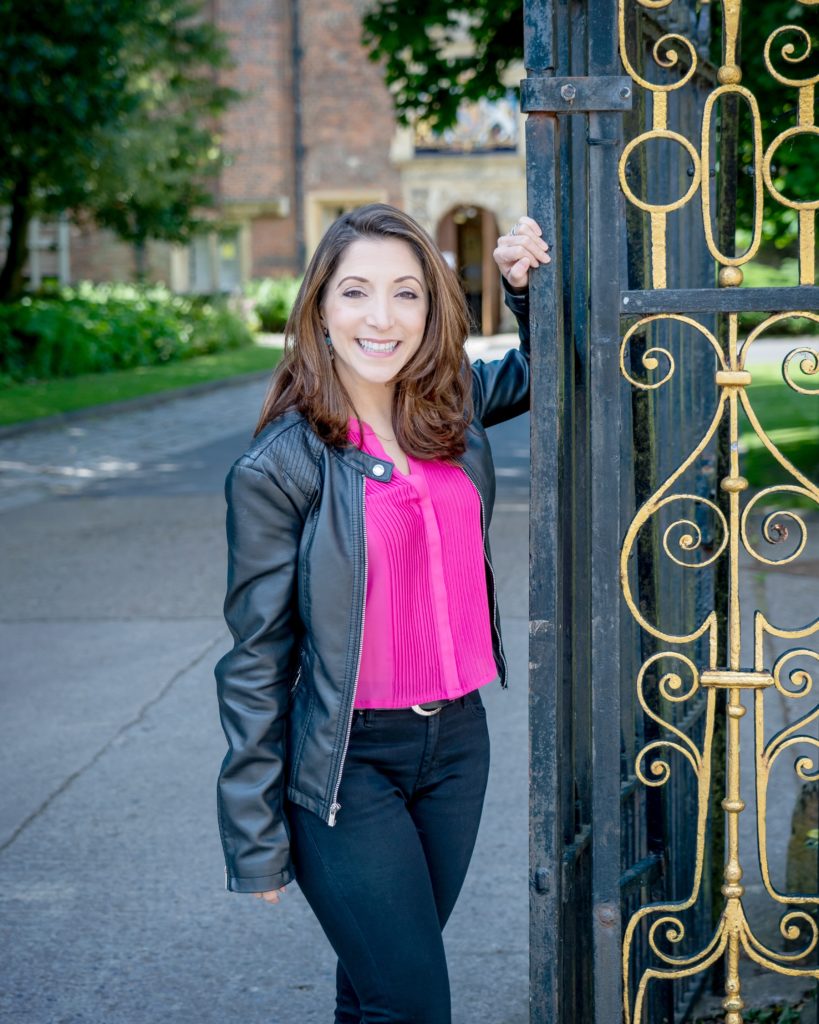
“For some reason, I always gravitated toward British culture, television, films and comedy, watching the video of Four Weddings And A Funeral when I was little, and later Monty Python, and there was something about the British sensibility that I just loved.
“One of my favourite things in the world to watch was Absolutely Fabulous. I especially loved Jane Horrocks in it, and I love how your comedies have such broad characters but deal with serious subjects. Something hit me about the difference with American comedies.”
Later, Christina’s father saw a review of York director Mark Hearld’s 1998 film adaptation of Cartwright’s play, Little Voice, starring the aforementioned Horrocks. “Given LV’s love for Judy and all the diva impressions, he said we had to see it. I was blown away by Jane Horrocks’ performance and, of course, by the story itself. I became a little obsessed with it!” she says.
First, Christina brought her talent for mimicry to the fore in Forbidden Broadway off-Broadway in 2008. “I was doing impressions in public for the first time and gratefully being well reviewed for doing so,” she recalls.
“It put me on the map as an impressionist, and over the next few years I pushed myself to try more and more impressions and to eventually build my own show – both because I was enjoying it and because I realised there was an audience for this sort of act. It was around this time I posted some impressions videos on YouTube and they started racking up some views.”

Move the story forward to the summer of 2012, when Christina saw a notice that Little Voice was to go on a British tour, directed by Cartwright himself. “I’d never seen the show on stage before, so my husband and I planned a six-day trip to London…with my ulterior motive being to take a train to Guildford to see the show!” she says.
“My managers at the time suggested ‘Why don’t you write to Jim, introduce yourself and tell him how much you love the show?’.”
Cartwright duly wrote back to say “I’ve just watched your stuff online. You’re fabulous! Come to the stage door and we’ll chat”. “I ended up sitting down with Jim and talking about the show for quite some time,” says Christina.
“We stayed in touch and soon after, when some of my YouTube videos went viral and I had a run of sold-out shows at the Hippodrome, Jim came and said ‘we have to make LV happen for you’! That was in 2013. So, as you can see, doing this show has been a very long journey! Now, to finally get to do it, on this grand scale, with this incredible cast, is just thrilling.”
How come it still took so long to “make LV happen” after Cartwright’s vow? “We definitely have to rule out two years of Covid, of course, but the first reason was that I met him just as he was directing a big production of his play, so I knew I’d have to wait four or five years for another big production,” says Christina.
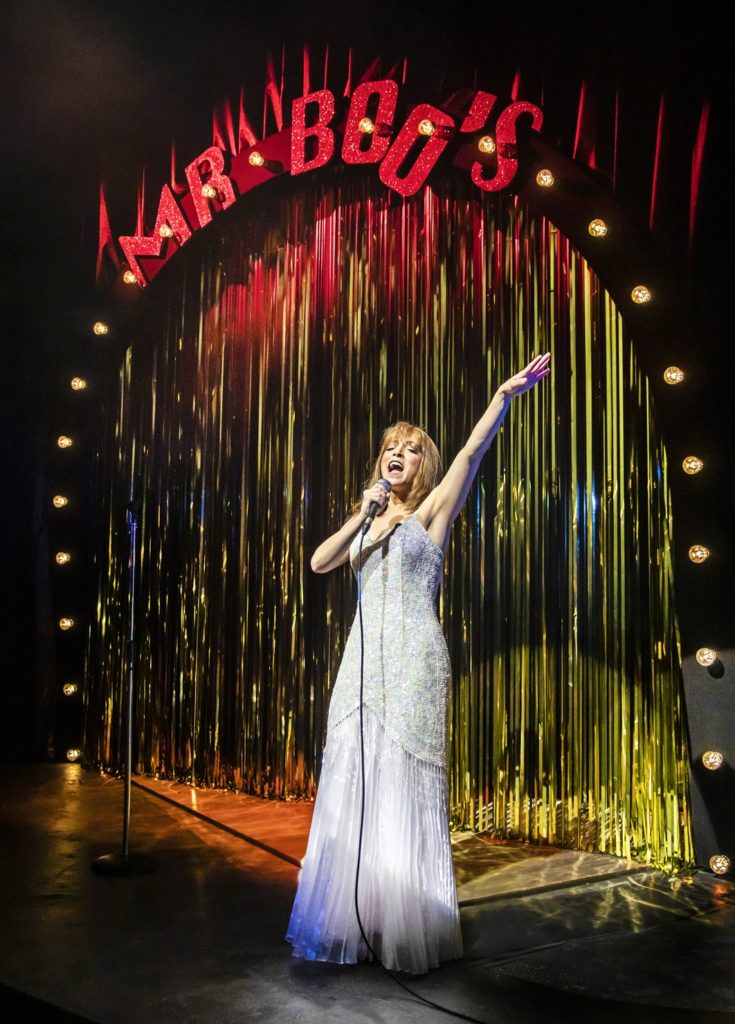
“Then I was attached to a production that Jim gave his blessing to that was supposed to go to Broadway, but that didn’t happen after going through three different directors – but that’s the story of showbiz.
“Then, the really tricky thing is that in the UK ‘Little Voice’ is so loved and some people say it’s overdone, being done by regional theatres and colleges as well, so the wait went on.”
Nevertheless, Christina was undaunted in her pursuit of adding LV to her CV, and once producer Katy Lipson attained the rights to the play, she promptly contacted the American actress, having seen her vocal impressions in concert. “She said, ‘I want to work with you; what would you like to do? Come up with a couple of ideas’. I said I’d love to do LV before I can’t do it.”
Sure enough, despite a further delay, Christina’s LV has arrived “when I’m still not too long in the tooth” at 40. “When Jane Horrocks first did it, she was in her late-20s, and in the movie, she was in her 30s. LV is not in her teens; she’s emotionally regressed, staying in the emotional state of a child.”
Christina’s diva impersonations on LV’s bedroom floor and the northern club stage are drawn specifically from the vinyl record collection of LV’s late father. “Everyone probably expects me to come out and do Celine Dion but it’s not the right time period,” she says.
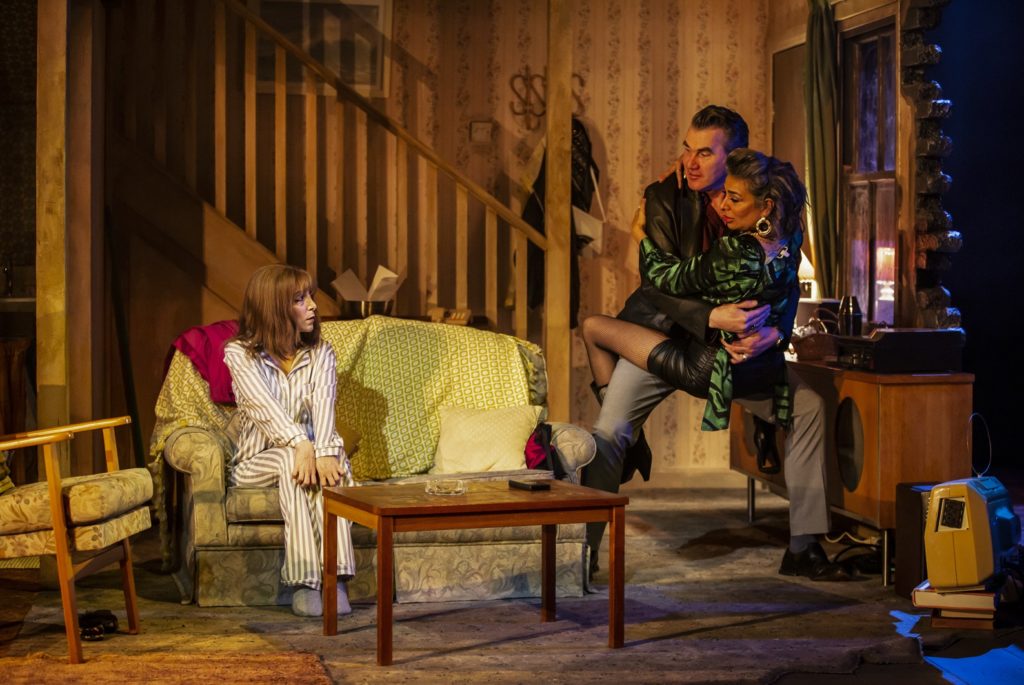
“What I will be doing, though, is attempting Cilla Black for the first time in my life. Everybody I impersonate in the show will be of the classic musical era LV’s father loved: Judy Garland, Edith Piaf, Shirley Bassey…”.
When adding a new diva to her repertoire, how does she master the voice? “It depends on the particular vocalist but typically I immerse myself with them for a couple of days. I listen to lots of their music before I watch any video footage of them.
“I like to get the essence of their voice first. Then I study their physicality in more detail. I try to take on as many mannerisms, characteristics and facial expressions as I can. Thank goodness everyone’s liking my Cilla; everyone’s clapping; no-one’s booing! I did have the fear of God put into me about singing You’re My World just right, but I made a point of knowing that she’d been told to sing it with a mid-Atlantic accent, which I’m doing.”
Christina’s biggest challenge is playing an introvert. “It’s very funny timing for me, with my last part being Fanny Brice in Funny Girl, who’s the polar opposite of LV. Fanny couldn’t help attracting attention, whereas LV is happy to fade into the background,” she says.
“Everyone says Fanny Brice is one of the most challenging roles of all time, and I don’t disagree. You never leave the stage except to change costume; you sing 12 songs, laugh, cry, dance and do physical comedy – the list goes on!
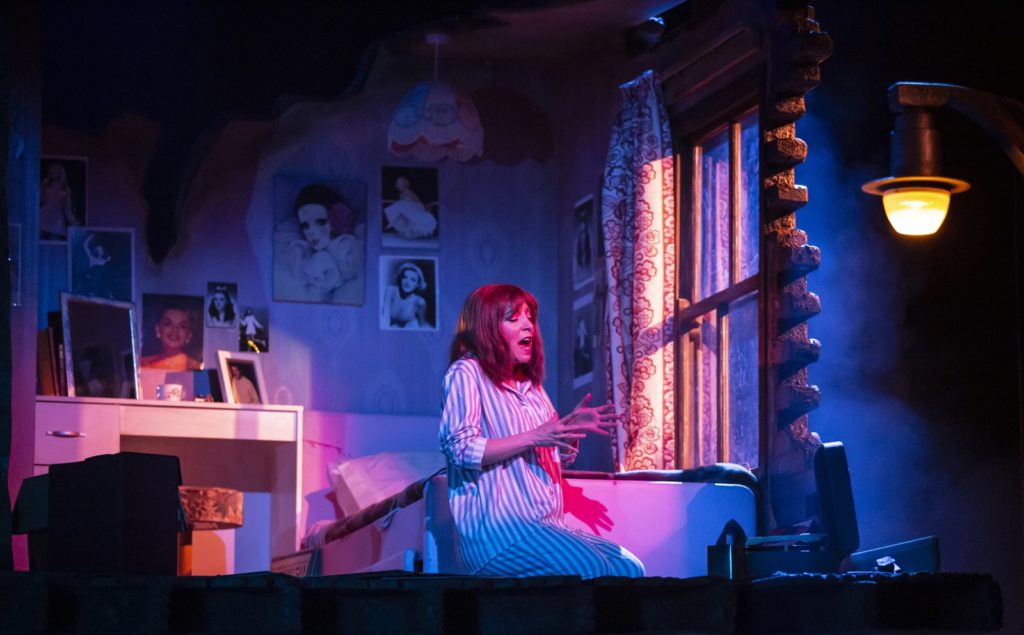
“But I can safely say I’m more nervous about doing Little Voice because I’m not an introvert. There’s the part of me that needs the platform to perform, though [away from the stage] I can be quite shy and I don’t like to stand out, so I’ve channelled that side of me. I don’t like confrontation too, and that part of me hasn’t changed with age.
“What many people wouldn’t know about me is that I’m an only child who’s happy to be alone, and if there’s no ideal platform for me to be on stage, if someone asks me to stand in front of a microphone I’ll shrink.”
Christina fully memorised the script before entering the rehearsal room. “I wanted to be as comfortable with the text as possible, in order to be fully comfortable performing it in a Northern accent,” she reasons.
“Sure, I’m good at accents but it’s a very different thing when you’re doing an accent in the place where that accent actually comes from. I’m not doing this show in New York. I’m doing a Lancashire accent for people in the north. That’s very intimidating!”
For that reason, she did consult a voice coach. “People have this assumption that if you’re good at vocal impressions, you’ll be good at accents too, but it’s so important that you’re comfortable in the accent. It’s either right or wrong, an accent, whereas an impression is an interpretation, and that’s different.
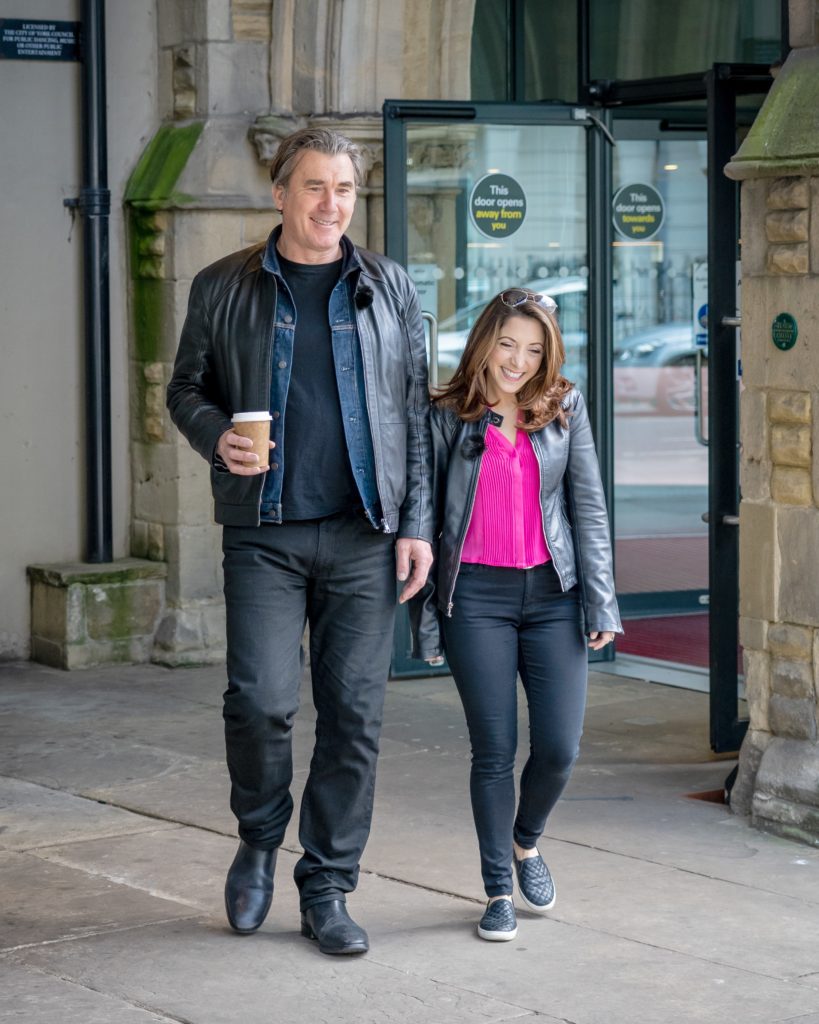
“I worked with a voice coach on Zoom over lockdown to get the Oldham/Manchester accent, and as Katy Lipson is from Manchester, she’d let me know if I was getting it wrong!”
Christina notes how American and British audiences differ. “I think Americans kind of watch you, leaning back, giving off an ‘entertain me’ vibe. I feel a British audience leans forward a bit more. They come into you and your world. Both are great and I’m not trying to insult my home country but I do feel British audiences are a little more appreciative.
“On the other side of that, Americans are much more likely to leap to their feet at the end of the show! Over here you can give the best performance of your life and the audience cheers like crazy but they don’t always leap to their feet.
“It’ll be interesting to see the reaction to this play. It won the Olivier Award for Best Comedy but I personally don’t see it as a traditional comedy. I see it as a true drama that happens to have a lot of comedic moments – and I know Jim and our director, Bronagh Lagan, are really looking to bring out the heart at the centre of it. How people are imperfect, make mistakes and have rises and falls – but they persevere.
“Fear of ‘starting over’ is a big theme in the show and I think we can say we’re all having to start over now in many ways. On both sides of the pond, and all over the world. It’s very timely.”

Summing up why Cartwright’s play has resonated with audiences through 30 years, Christina says: “First of all, I think this play is a true love letter to the UK. It celebrates so many great British artists and their music.
“But the story itself is something everybody can relate to, regardless of whether or not they know the music in the play. The idea that no matter how difficult things get, you can still persevere and rise from the ashes. And I think that’s exactly the message we need after the last two years.
“It’s a story about not being afraid to try something different and starting again. We’ve all been through something together that has changed us, just as the characters in the play do.”
Christina hopes audiences will embrace her as an American performer, taking on such an iconic British character. “I’d like to think that I’ve earned some stripes working in the UK quite a bit already, so maybe that will help,” she says. “And I’ve actually just become a resident, along with my husband and our dog Jeff Vader. We all live here now [on a three-year visa in London], so you’re stuck with me!”
Jeff Vader, Christina? “I named the dog after an Eddie Izzard joke,” she reveals of a surrealist shaggy- dog story that took in the Death Star, a cafeteria, Lego, and yes, Jeff Vader.
The Rise And Fall Of Little Voice, starring Christina Bianco, Shobna Gulati and Ian Kelsey, runs at York Theatre Royal until July 9, 7.30pm, plus 2pm, Thursday and 2.30pm, Saturday. Box office: 01904 623568 or at yorktheatreroyal.co.uk.

